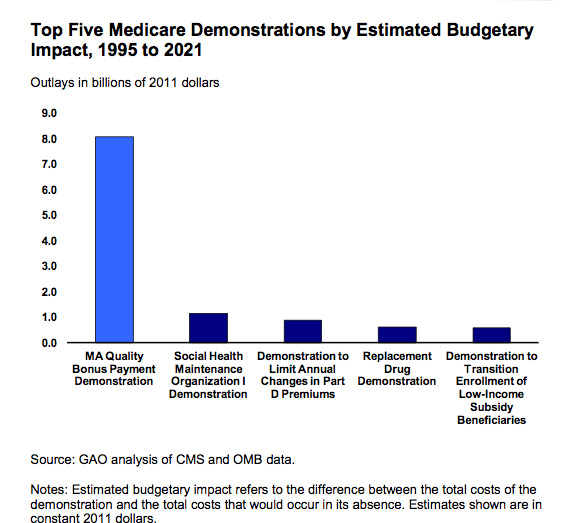Today's Managing Health Care Costs indicator is $93,000
Pharmaceuticals are one of the great bargains in health care. Drug inflation has been low for years, with more and more blockbusters going generic. When drugs lose their patent protection, prices often drop by as much as 90% in just a year.
But a tiny portion of all prescriptions represent a startling portion of all costs. Brand name drugs that retain
patent protection represent only about 20% of all prescriptions, but 70% of total pharmacy costs. Specialty drugs, which can cost hundreds of thousands per year, are going up in price rapidly. Provenge, a prostate cancer vaccine treatment, costs $93,000 There are no choices- the payer pays the price, or the patient is denied the medication.
What can we do to lower the price of branded medications?
Price controlThe US is one of the few developed countries which does not regulate brand name drug prices. We also have the highest unit costs for drugs around – which makes sense since prices are associated with wealth, and we have the highest GDP. However, our prices are even higher than our GDP alone would suggest they should be. We are ideologically opposed to price controls - and not likely to adopt them soon.
BargainingIt’s tough to bargain when there is only a single product, and no substitutes. In many classes of drugs, there are reasonable substitutes (that are not chemically identical.) It’s easier to get a lower price if the purchaser can restrict coverage of drugs not chosen, called a “closed formulary.” This is an instance where full consumer choice and affordability don't easily cohabit.
Bargaining got substantially less effective in the United States with
OBRA 1990, which mandated that Medicaid get the lowest prices. This made pharmaceutical companies much more reluctant to give deep discounts to high leverage purchasers. The Medicare Part D enabling legislation also prohibited the federal government from negotiating pharmaceutical pricing for Medicare beneficiaries. We could get the lowest prices by negotiating with the largest leverage. It’s no surprise the pharmas oppose this!
Patient cost sharingPatients use less of a good or service when they have to pay more for it. There’s been dramatically more cost-sharing with patients in recent years, and this has increased consumer price sensitivity. Pharmaceutical companies have countered by offering discounts and copay waiver cards – which sound like a good idea at first, but do end up raising costs for everyone by making higher prices sustainable. http://managinghealthcarecosts.blogspot.com/2010/10/drug-discounts-which-raise-health-care_17.html . Pharmas are now sponsoring legislation to limit patient out-of-pocket spending on ‘tier four’ medications where health plans have made patients responsible for a percentage of acquisition cost rather than a copayment. This sounds good –but will help pharmaceutical companies maintain high prices.
Evidence based prescribingWe can lower the cost of drugs by simply only prescribing them when they are actually necessary. A huge portion of antibiotics prescribed are unnecessary – and recent evidence suggests that we’re even overprescribing statins. Many diabetics are on very expensive second line medications, when they should be on insulin.
SubstitutionAvastin is a chemotherapy agent that can be split into small doses (cost $50 per dose) to treat macular degeneration. The manufacturer would rather sell small doses of Lucentis, an equivalent medication – for $2000. The drugs are not identical, and only Lucentis has FDA approval for ophthalmologic use. But can we really afford to spend 40 times the cost to get equivalent outcomes?
Disease prevention
Of course, if we could get Americans exercising and eating fewer calories, we could have a lot fewer lifestyle related diseases that lead us to use medications in the first place. Many of the interventions to make Americans healthier are public health interventions that are relatively low cost. The payback for this will be long term, but the benefits go far beyond lower drug costs.
For the short term, price regulation is almost inconceivable in the US. We should seek to advantage generic medications wherever possible, and position health plans (and the government) to get the best possible prices. We should promote cost-effective substitution, and review pharmaceutical industry promotions and try to prevent those that improperly promote the use of cost-ineffective medications.
We should keep our eyes on specialty drugs, especially those custom-manufactured using the patients’ or her cancer’s genetic material. For these drugs, it’s hard to know what the “right” price really is.






